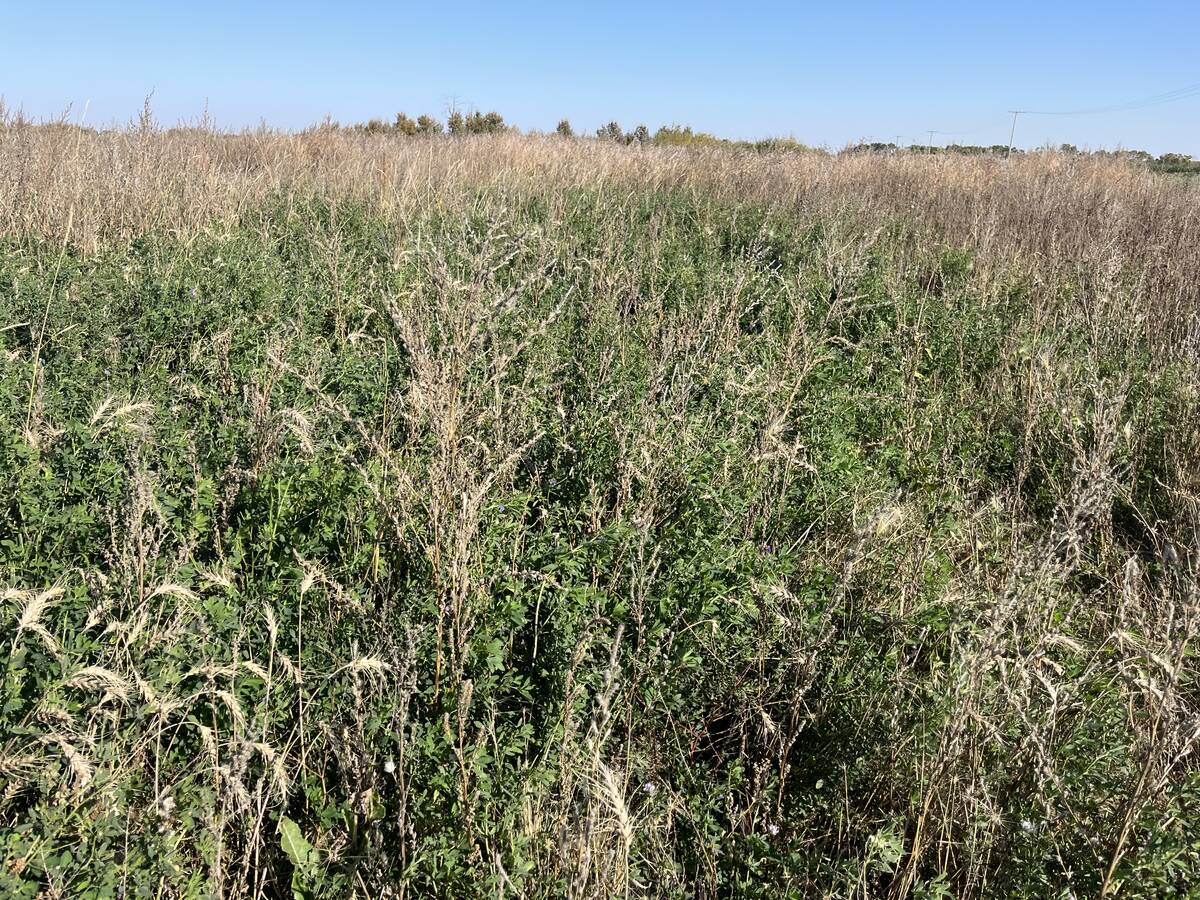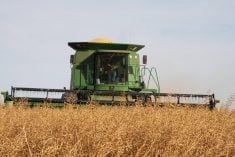RED DEER – Farmers who closely track their animals’ life stories may find it easier to build profitability back into the farm.
A database that tracks each cow and calf from the farm to the packer can help make decisions when selecting replacement heifers or bulls or when culling the bottom end.
“The cow-calf person has really been devoid of true, valuable information that they can take home and use within their herds,” said veterinarian Troy Drake of Cow-Calf Health Management Services.
Read Also

Dormant seeding forages frees up farmer time and gets ahead of weeds
Dormant seeding isn’t common practice and can appear daunting, but there are some techniques to give Manitoba farmers an edge
Cattle move through life with different owners and little feedback on how they did while in the pasture, feedlot or at processing, he said at the recent Alberta Beef Industry Conference in Red Deer.
His business is offering a management system that gathers information from the cow to the carcass.
The database contains information on health, weights, breeding, bull evaluation, calf performance, feeding records and carcass results.
Many people keep records of some sort, but the information is often not well organized and the records do not usually include information about each cow’s calves and their performance in the feedlot or as a replacement.
In this program, retained ownership is a critical component where a producer decides to keep and feed calves until slaughter.
Information is attached to the animal’s electronic identification number.
Alliances with feedlots are possible for producers who do not want retained ownership because they need the cash. Information can be maintained on feeding, health treatments and postmortems.
Back at the ranch, the producer can analyze each cow’s history and compare it to herd mates on the basis of cow weights, calf average daily gains, birth and weaning weights, weight per day of age and weaning ratio, in which the cow’s weight is compared to the calf’s weaning weight.
The system tracks calving intervals, which is the number of days between calves each year, to assess reproduction within the herd.
“It is not all about carcass or gain. We need to get those cows having a calf at least once a year,” he said.
The management system allows producers to organize the information into a cow classification system.
Traits are classified on a number system and applied to those with at least one calf with a carcass record or calves that became replacements.
A cow that performs in the 90 to 99th percentile is rated as platinum, 80 to 89 is gold, 70 to 79 is silver, 50 to 69 is bronze and less than 50 is standard.
“We got to where we stamp these cows on an individual basis and figure out who is doing well and who isn’t,” said Drake.
“If you take the simple bell curve approach to things, you would be very comfortable, after three years of records, saying these cows in the bottom 20th percentile of the herd can be chopped off.
“They may look nice and produce a calf every year but they are not measuring up to the rest.”
If the herd has some platinum plus cows that exemplify key traits, keeping their calves as replacements is worthwhile because there is enough evidence to back up their qualities beyond physical attractiveness.
For seedstock producers, this can help with herd sire selection and management.
The bull might come with genetic information but it is important to know if that is passed on to calves. In addition, the bull has to pass a semen test.
“You don’t know if that bull is actually siring calves,” he said.
“You can have a bad bull. He may have a lot of libido and breed more than his share of cows each year, yet he is perpetuating a lot of the traits that are not that desirable.”
Drake’s program started with 375 calves three and a half years ago and today there are about 10,000 head in the database.















